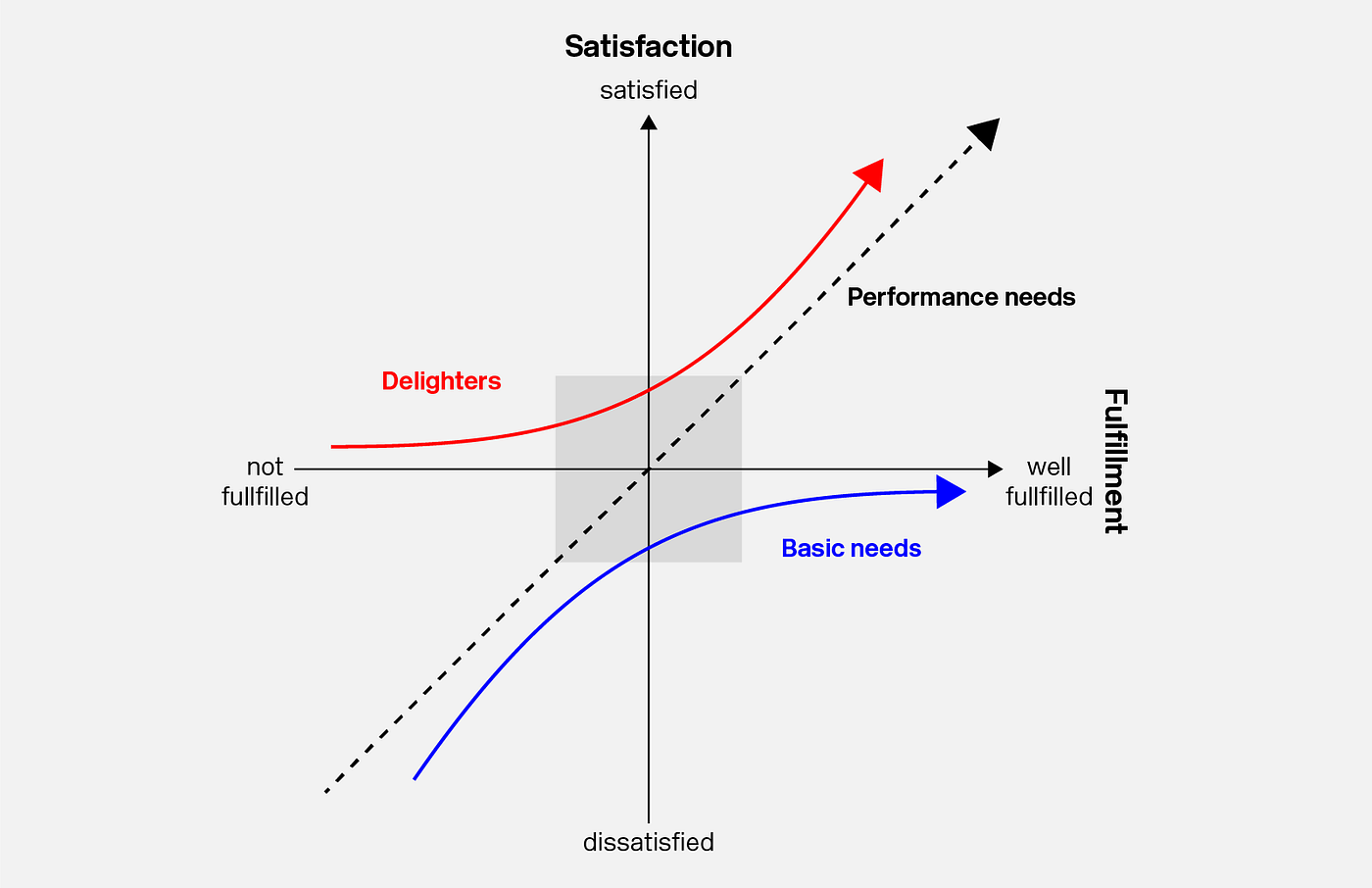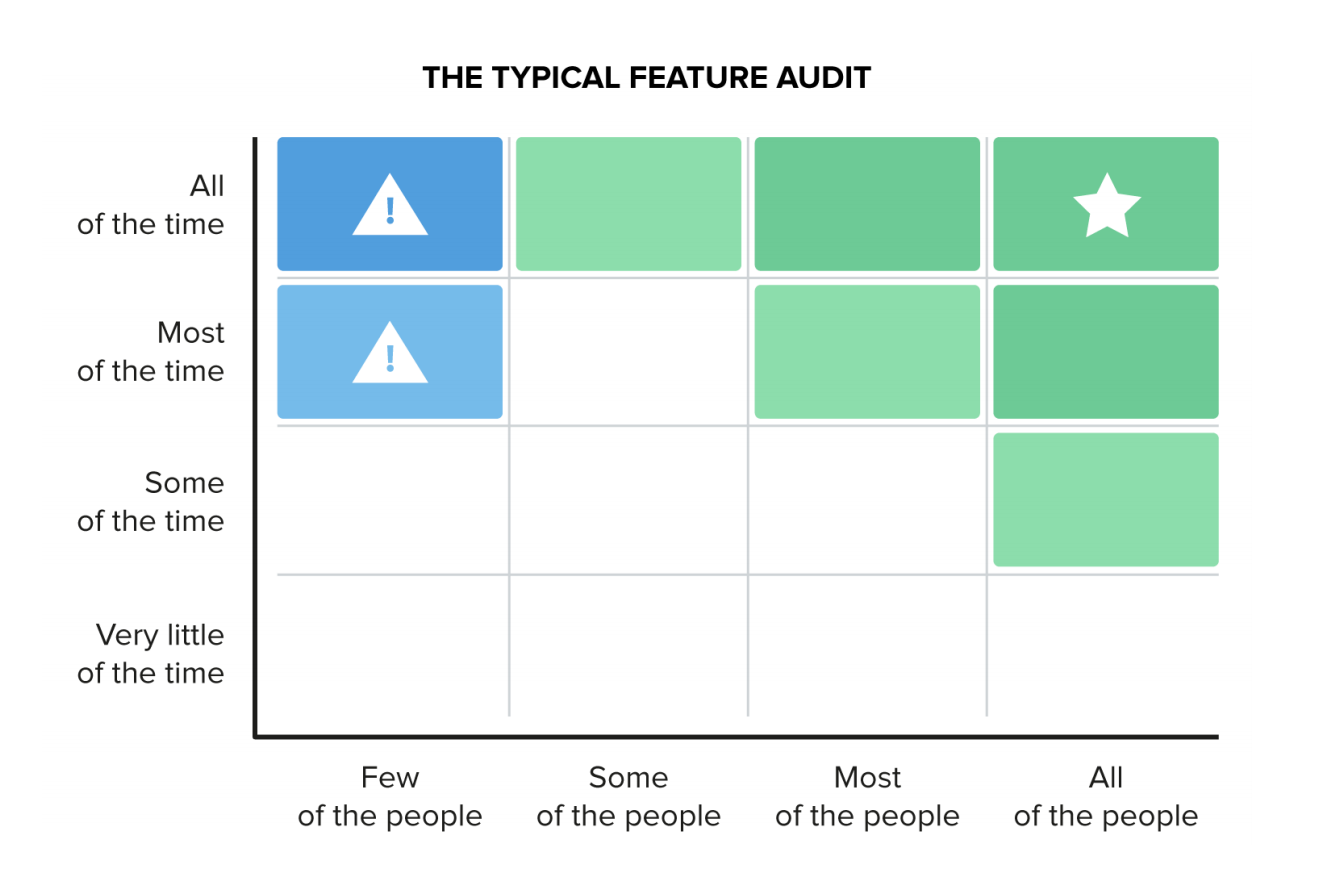

How to make your company truly Customer Centric and not die trying
source link: https://blog.prototypr.io/how-to-make-your-company-truly-customer-centric-and-not-die-trying-8939987f5f8
Go to the source link to view the article. You can view the picture content, updated content and better typesetting reading experience. If the link is broken, please click the button below to view the snapshot at that time.
How to make your company truly Customer Centric and not die trying

In 2014, Harvard Business Review underscored the fact that acquiring a new customer is anywhere from five to 25 times more expensive than retaining an existing one. This information is no news for most of us, but it might be hard to digest for some organisations where the focus is on acquiring new customers at any cost while retention, engagement and revenue are not at the core of its operations.
Customer-centricity is a mindset and a culture of doing business that focuses on creating the best experience for the customer, and by doing so builds brand loyalty and drives numbers up. Most successful companies out there ensure that the customer is at the centre of their business’s philosophy, operations, solutions, and ideas.
Why is a customer-centric philosophy important?
1. Acquisition + Retention = Sustainable Growth
If customers aren’t happy with your product and services, they won’t stay with your brand, they won’t refer it to others, and eventually, after retention has been damaged for a prolonged period of time, the acquisition will be heavily impacted too. This is true, especially in very localized markets with more weight on the voice of the customers. If we don’t have customers, we don’t have a business. An organization that forgets about its customers is destined to fail, they’ll build the wrong products, invest in the wrong resources, and lose goodwill with customers.
2. Competitivity
Almost every market out there is saturated with multiple payers in the game. If a company wants to compete in such conditions, it needs to switch its mindset towards this idea in order to differentiate itself from the competence. It only can achieve this by providing quality products and services wrapped in an optimal customer experience backed by solid data and a research strategy.
3. Efficiency
The tech world is continually working with fast timeframes, increased competition, and mismatched or unclear expectations. The voice of the customers can help us prioritize our tasks and inform the design solutions. When working within a tight timeframe everyone on the team has a vested interest in working as efficiently as possible, so a clear understanding of our prioritization could help us to move along more efficiently and smoothly. These priorities need to be the result of putting our customers first.
How to make your company a truly Customer-centric organization and not die trying.
First, this won’t be something that a single individual or team can do alone, we will need to find customer advocates among the different stakeholders that can help us push for this mindset to be brought to the table.
Second, it is important to discuss why creating strategies and processes focused on customer over product is a critical step in overcoming challenges around customer-centricity.
We might think this is something quite easy to do when reading the previous statements, but customer-centricity is only achievable by putting into practice and prioritizing the tasks and projects covererd under the following 3 rules:
1. Understand our customers

Understanding our customers is the natural first step in order to become truly customer-centric. There are a few things we can do to achieve this:
- Enable and optimize Data implementation: Gathering data and optimizing it is ground zero to develop a customer-centric culture and mindset. Data is the raw material we need not only to understand our customers better but to better understand our product, what are the strengths, areas of improvement, and the critical issues to solve. Investing and supporting every project that contributes to this must be a top priority for any organization.
- Democratize the data: Too often, data is an underutilized asset because of the erosion of quality and the difficulty of using it. Allowing everyone in the organization to have access to it as part of the onboarding and as a must-have in the Product org. is key to better understanding our customers.
- Capture customer feedback, underlying needs and pain points.Gain a better understanding of your customers by really listening to what they want and need. Look for patterns in the feedback. Not every customer is always right, but it pays to listen to many customers who provide the same feedback — whether explicitly stated or expressed by their behaviour. Ask to participate in User research sessions, if you can’t, ask to share the reports and conclusions.
- Get familiar with the existing customer data sources and always keep an eye on your company's NPS. Those are the representation of our customer’s needs, behaviours, and frustrations in a more personal light. Don’t forget, everything we do is for them.
- Continue developing our Customer community. Communication is a 2 ways direction where open exchange happens. We need to maintain and evolve our tools, platforms, and communication channels with our customers and potential customers. Make sure CRM is part of the conversation and invite them to the prioritization meetings and to the exploration workshops.
2. Link Customer empathy to our values as an organization

- Embed the customer into your mission, values, and vision. Ensure every employee, from the CEO to the frontline worker, lives and breathes the customer.
- Link employee recognition and reward structures directly to meeting the needs of the customer. Build trust within your employee base and empower them to think customer first.
- Provide a mission to each product team linked to the overall Product Pillar objectives and to the value delivered by them to the customer. A clear purpose comes with a clear understanding of how this will benefit our customers and therefore, our goals as a company. e.g. “We don’t want to reach 80k users, we are aiming to improve the world for 80k+ of our customers”. It might sound basic, but it makes a difference.
3. Bring our customers to the centre of our prioritization and operations.

If your company has this important blind spot in its prioritization framework, then it is key to incorporate customer value metrics into the estimation efforts and prioritize accordingly.
We can do this by putting into practice one of the following frameworks (There are more, but these 2 are the ones I find very useful):
Option 1: The Kano Model
The Kano Model is an approach to prioritising features on a product roadmap based on the degree to which they are likely to satisfy customers. Product teams can weigh a high-satisfaction feature against its costs to implement to determine whether or not adding it to the roadmap is a strategically sound decision.

The Kano Model: how to wow your customers by Hannah Jesse
The Kano Model can be a helpful framework for product and tech teams with limited time and resources who want to make sure they prioritize the appropriate mix of features to work on next. This model can also be integrated as part of our research efforts.
More info about the Kano Model here.
Option 2: Who Will Use it and How Often — Intercom Framework
To make sure your features are worthwhile, look at how many of your customers will be using the feature and how often. This gives you a sense of where the value is.

The Feature Audit by Aayush Jain
More info about the Intercom Framework here.
Wrapping Up
Every strategic or tactical decision must be taken with the customer at its centre, the risk of not doing so is huge, from falling into common biases, market blindness and overall poor choices as a result of missing this mindset. I hope this article shed some light on this topic and helps you push forward the adoption of a customer-centric mindset in your team or organisation.
Thank you for reading!
This article was written with Writty ✏️
Recommend
About Joyk
Aggregate valuable and interesting links.
Joyk means Joy of geeK